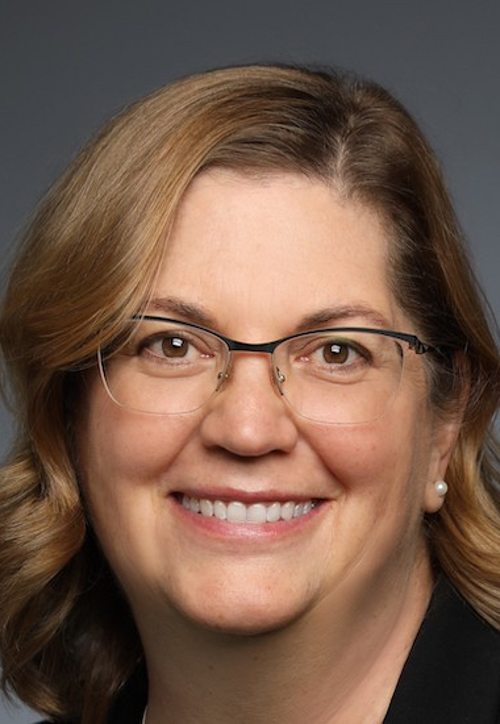Minamata Convention on Mercury continues to support decreasing — not eliminating — dental amalgam use
New requirements address bulk amalgam, certain patient groups

The latest meeting of the Conference of the Parties to the Minamata Convention on Mercury, a global environmental agreement that aims to limit mercury emissions, added more requirements for the parties for decreasing dental amalgam use while continuing to support a phasedown, rather than a phaseout, approach.
The Minamata Convention on Mercury, which the U.S. joined as a party in 2013, calls for a phasedown of dental amalgam through increasing prevention efforts, researching viable alternatives, using other restorative materials and following best practices for handling amalgam waste properly. The fourth meeting of the Conference of the Parties to the convention began with a virtual session in November 2021, and its second segment took place March 21-25 both virtually and in person in Bali, Indonesia, during which the parties added new provisions to the convention.
These provisions include excluding the use of mercury in bulk form by dental practitioners, as well as excluding, not allowing or recommending against the use of dental amalgam for the treatment of deciduous teeth, patients younger than 15 years old, and pregnant and breastfeeding women, except when considered necessary by dental practitioners based on patient needs.
The American Dental Association supports a phasedown approach to dental amalgam use. The provision on bulk amalgam aligns with the ADA's 2017 policy recommending that dentists eliminate the use of bulk dental mercury and bulk amalgam alloy and only use pre capsulated amalgam alloy in their practices.
"The other new provision still allows for flexibility for the use of amalgam when considered necessary by the dental practitioner based on the needs of the patient, which is in keeping with dentists making the best restorative decisions possible — taking into account the restorative needs, the existing conditions and in consultation with the patient," said ADA Chief of Governance and Strategy Management Betsy Shapiro, D.D.S., J.D., who represented the Association virtually at the March meeting, as well as during a related event that preceded it.
Ahead of the meeting, a series of side events allowed parties to the convention and other stakeholders to exchange information on technical matters, policy development, convention implementation and other topics.
During their side event, the ADA, FDI World Dental Federation, International Association for Dental Research, and American Association for Dental, Oral, and Craniofacial Research addressed accelerating the phasedown of dental amalgam, including the progress that has been made, research advancements into alternatives to dental amalgam, the importance of action and investment into prevention and research, and the infrastructure needed for proper waste management.
At the third meeting of the Conference of the Parties to the Minamata Convention on Mercury, some parties proposed phasing out dental amalgam as opposed to phasing it down. In response, the conference encouraged parties to take additional measures to phase down dental amalgam and directed its secretariat to collect information on alternatives to dental amalgam and any additional measures taken.
The U.S. was among the parties to submit information on implementing more measures, including setting national objectives aimed at dental caries prevention to minimize the need for dental restoration, promoting the development of alternative materials for dental restoration, encouraging professional organizations and dental schools to educate and train dental professionals and students on the use of dental restoration alternatives, and promoting the use of best environmental practices in dental facilities to reduce the release of mercury and mercury compounds into water and land.
For more on the fourth meeting of the Conference of the Parties to the Minamata Convention on Mercury, visit the convention website . The ADA offers additional information on its Oral Health Topics page on amalgam .



